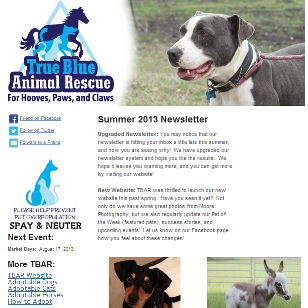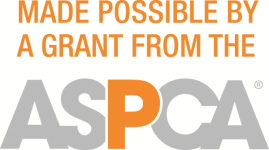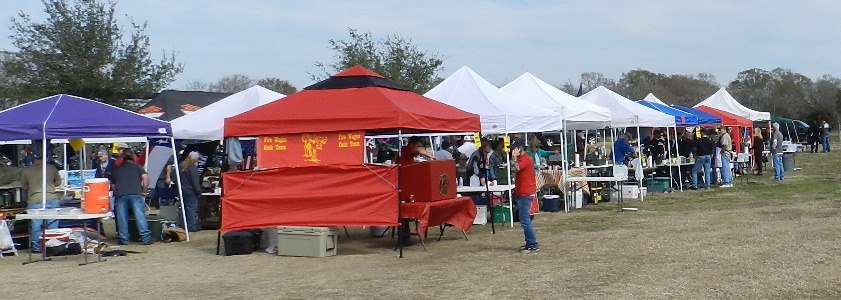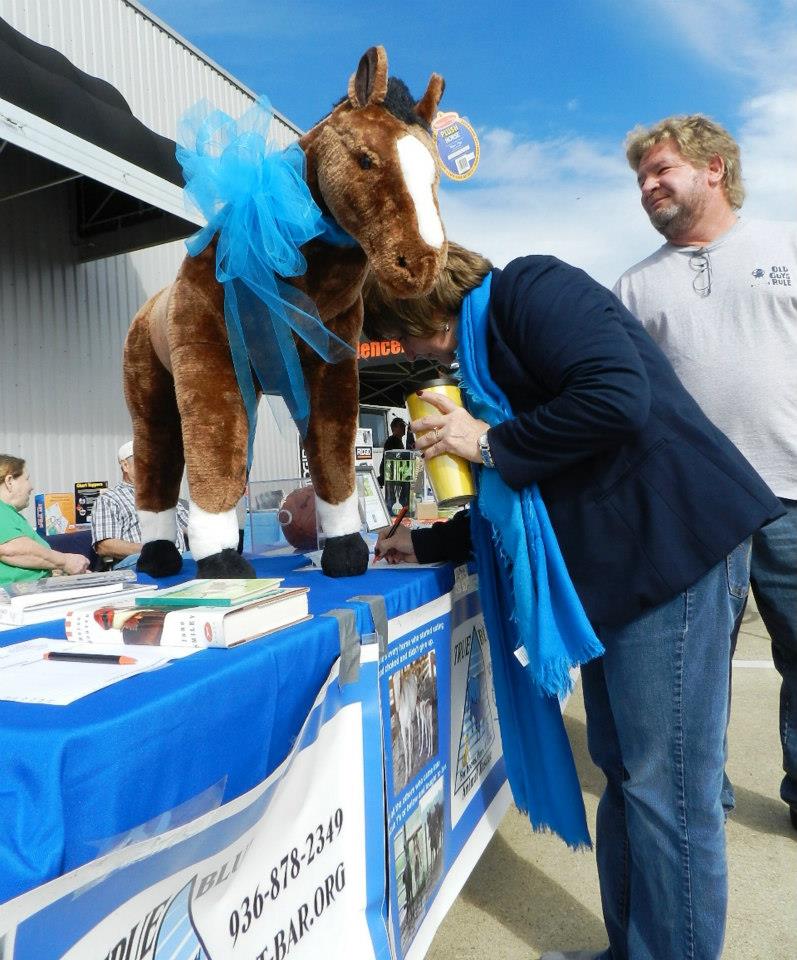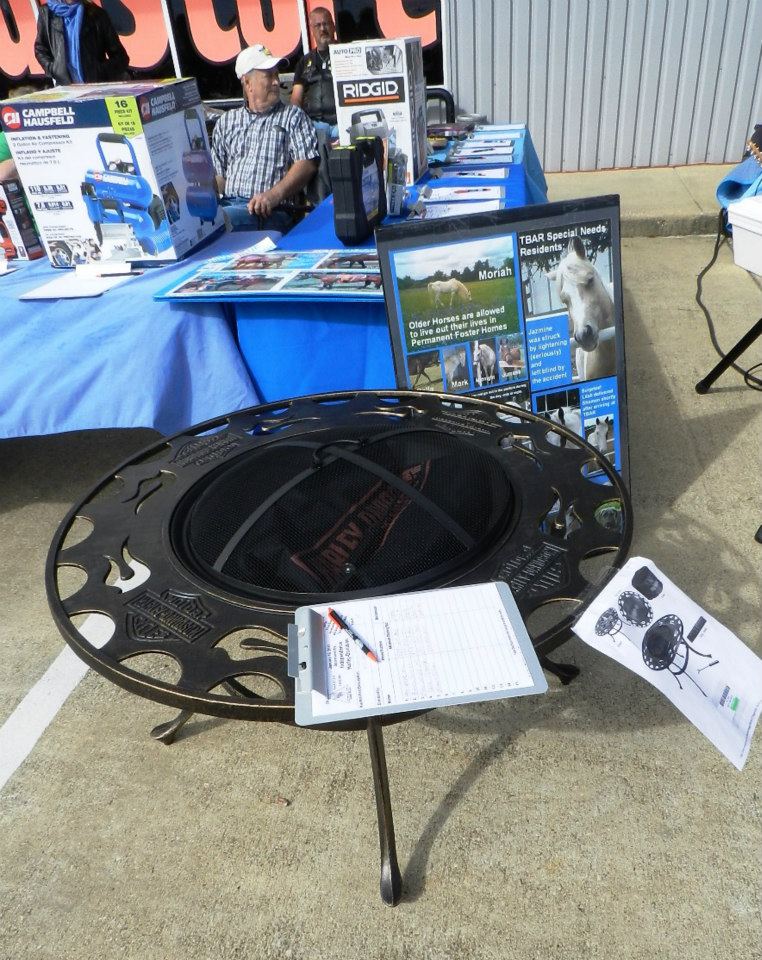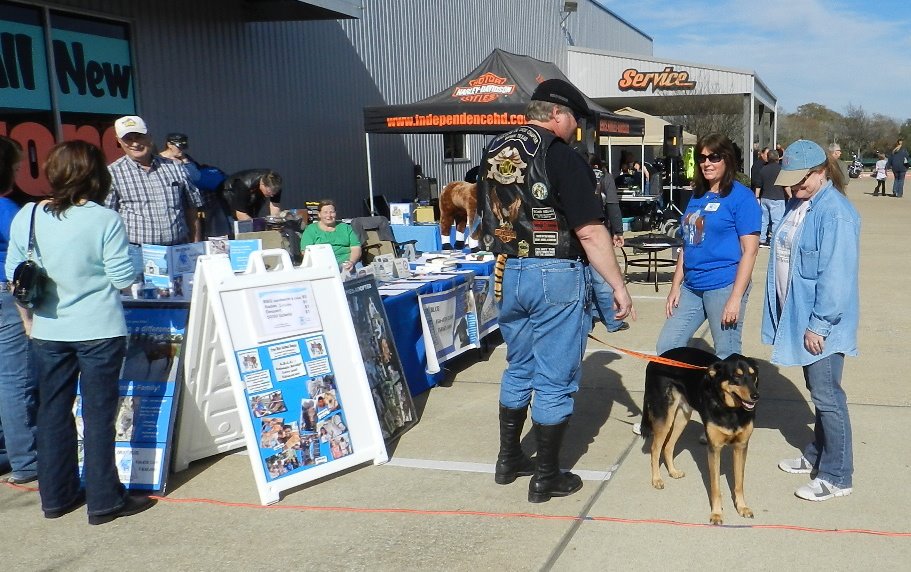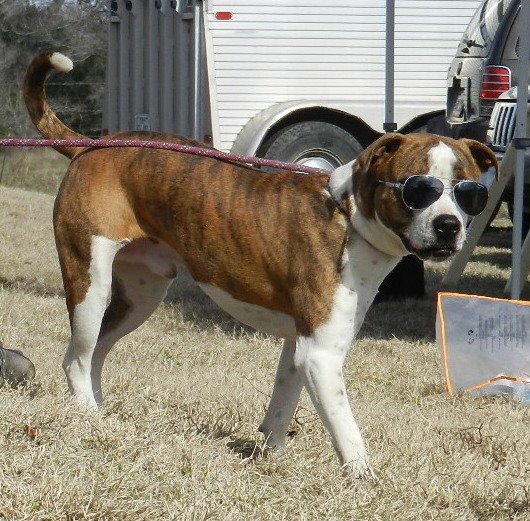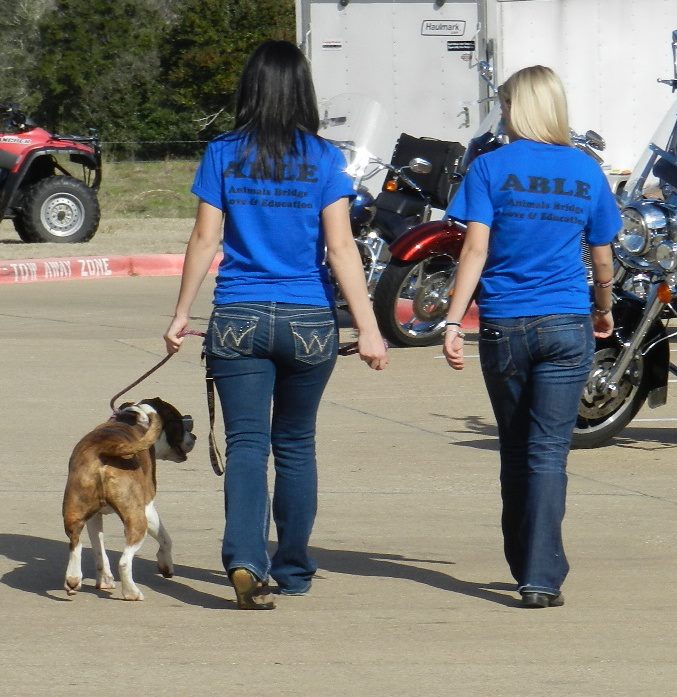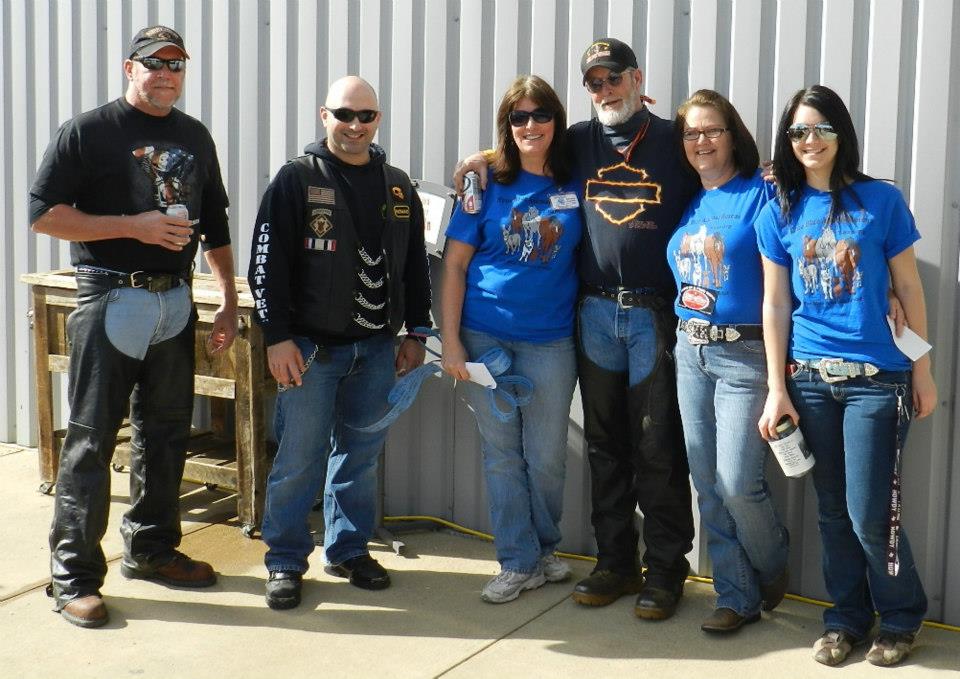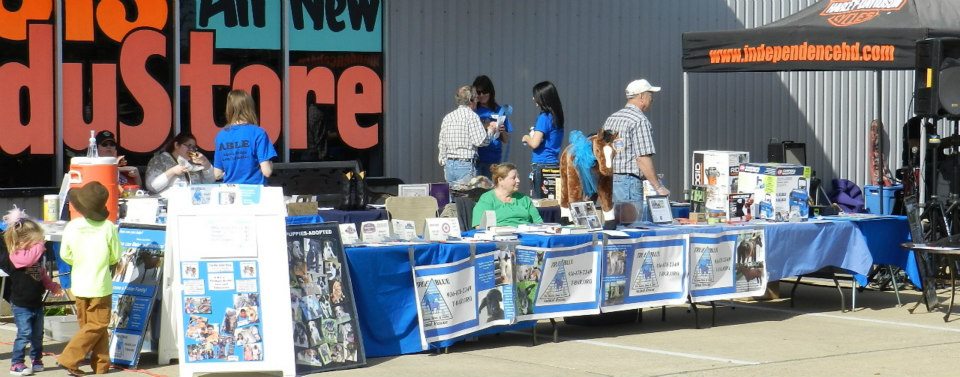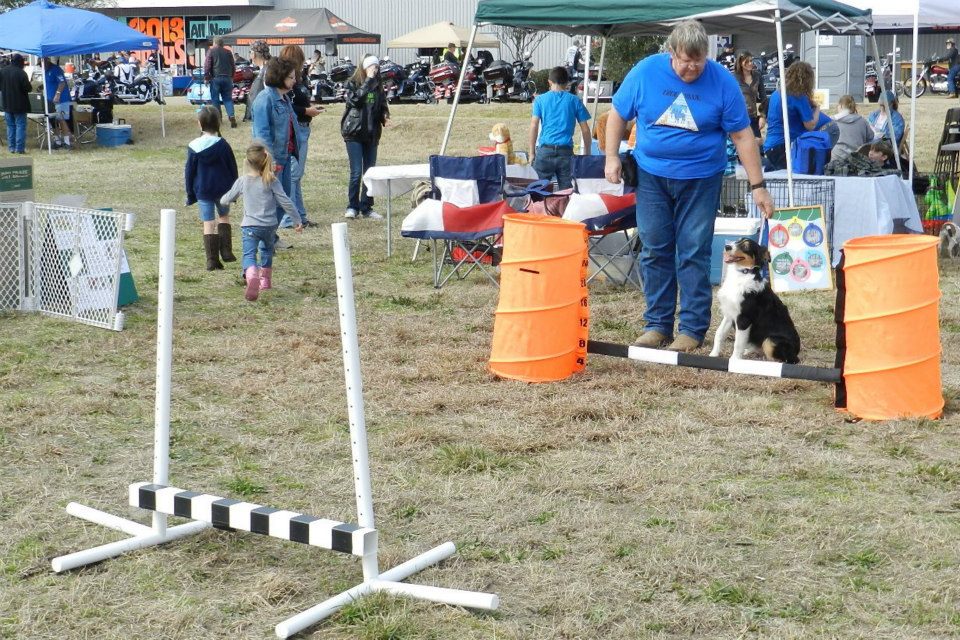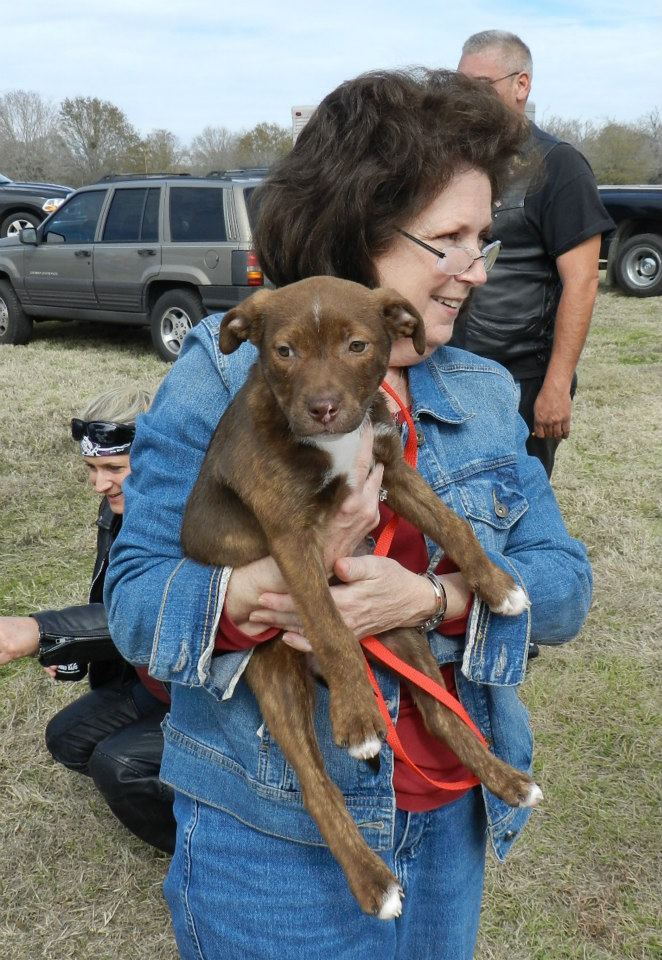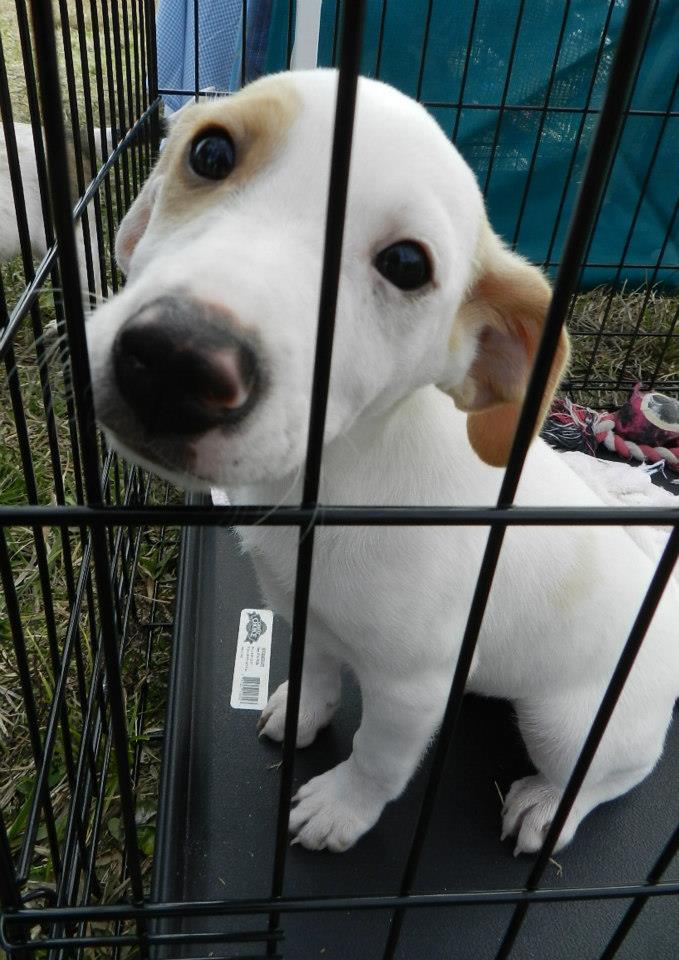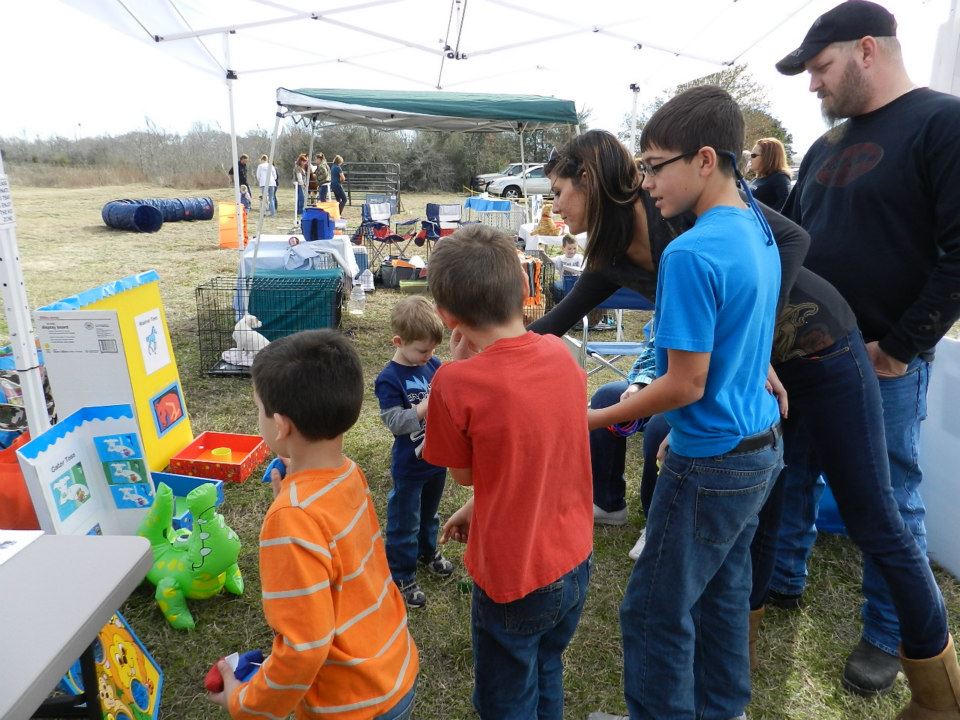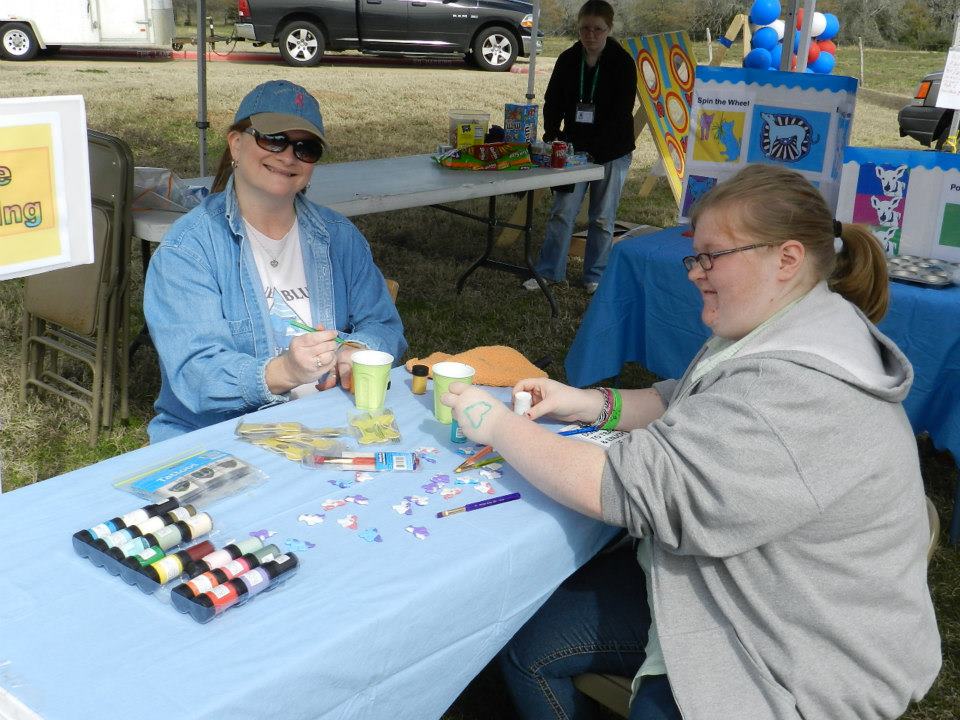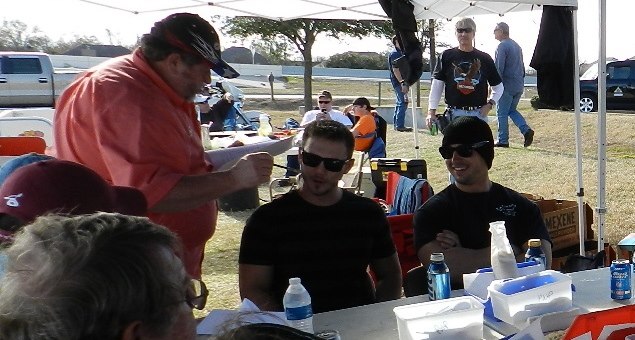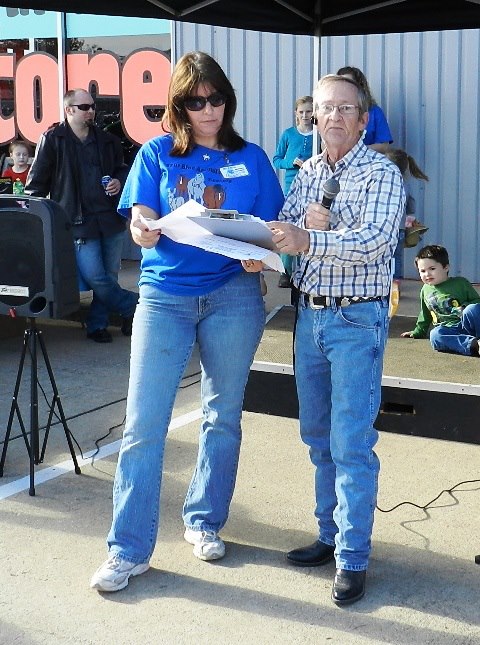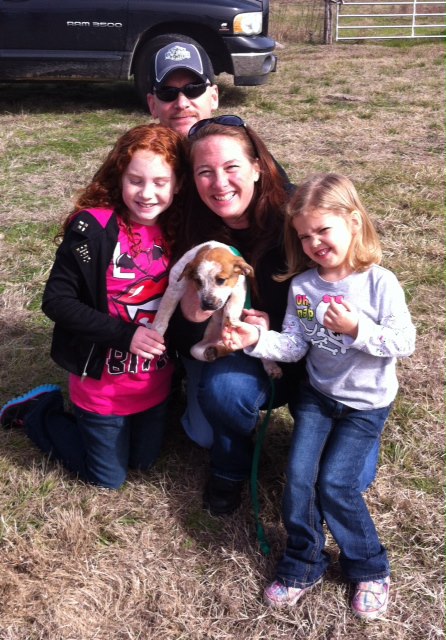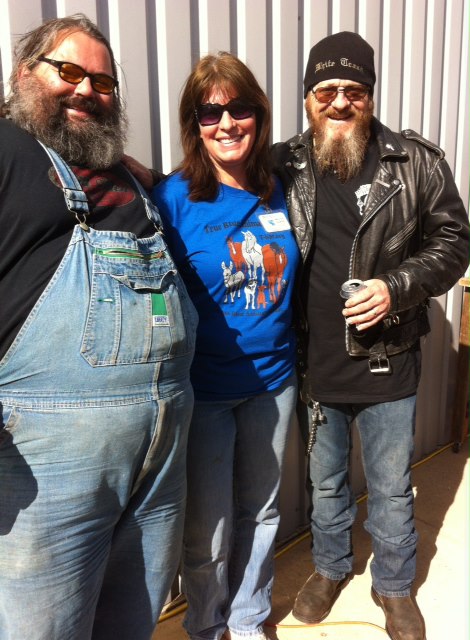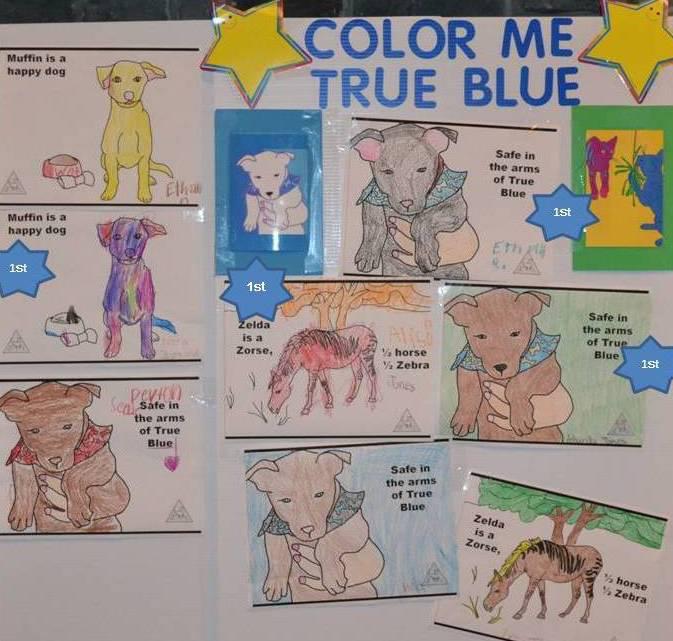
National Feral Cat Day 2013
October 16 is National Feral Cat Day, as broadcast by Alley Cat Allies. This is an awareness day that seeks to spread the word about Feral Cats – to teach people the difference between pet, stray, and Feral cats, and to teach the community that Feral cats can have full and happy lives living outdoors.
The difference between stray and Feral cats is that Feral cats have been born and raised outdoors, enjoying the freedom that comes with “returning to the wild”. They are not socialized and they do not have the ability or desire to become domesticated. Once trapped and re-homed, it is unlikely that Feral cats will warm up to humans, and they will not prefer their new indoor captivity to the life they were used to outdoors. In contrast, as stray cat is one that has been lost or abandoned and is able to be rehabilitated and re-homed.
Because most Feral cats cannot be re-homed, TBAR does not support the trapping and surrendering of them, and so we are unable to place them in Foster Homes that can rehabilitate them. That being said, TBAR is a huge supporter of the Trap-Neuter-Return initiative, which not only takes care of spay/neuter, but also takes care of vaccinations. In these situations we ONLY help people if they are willing to feed and monitor the returned cats. We have special funds that supporters can donate to that allow us to pay for fixing and vaccinating Feral cats and helping to control the population. We are also able to take in kittens that were born outdoors and socialize them before they become Feral, thus allowing them to become adoptable. If you have Feral cats in your area, please take a look at these tips for helping to manage them:
– Consider a Trap-Neuter-Return program. If you need to borrow a trap, or if you need assistance in funding, please contact us. Click here for more info from Alley Cat Allies on Trap-Neuter-Return.
– Feed and monitor your feral cat community, but only in safe locations (do not feed close to roads, or neighbors with aggressive dogs). Animal control should be alerted if you have a cat that looks sickly in your cat community.
– Feral kittens have a short window in which they can be collected and socialized. Keep an eye on your Feral community and identify any pregnant Feral cats so you can know when the kittens are born.
– If you know anyone that is considering trapping and surrendering, please offer them advice on deterrents. The use of deterrents is an effective way to convince Feral cats to find a new location to live in. Some deterrents are very easy and affordable: lemon peels, coffee grounds, chopsticks, rock beds, and car covers.
– Inform others of the vacuum effect: once one cat is removed it only creates space for another Feral cat to move in the territory. Trap-Neuter-Return prevents the continual rotation of the population.
– Click here for a brochure with even more information on living with cats in your area
Fun fact: one of the greatest examples of a Community Cat program is in the “Happiest Place on Earth”: at Disneyland! The Disneyland program cares for around 200 cats and has done so for at least the past 25 years. They practice Trap-Neuter-Release (which includes spays/neuters and vaccinations), they adopt out kittens, and they also have a community management system that watches over the health and well-being of the cats and feeds them in secure locations away from the public. In return, the Feral community controls the rodent population of the 85-acre theme park in Anaheim, California. Don’t expect to see these cats though, they are great at hiding during the day and prefer to be active at night, when the park is empty of crowds.
Post by Jessica Ripley
TBAR is a 501(c)(3) non-profit organization and is a no-kill facility. If you would like to contribute to the spay/neuter fund which is used to help control Feral cat populations, you can click click here to donate and just make a note that it is for the Feral cats! Every little bit helps us to help the cause.
Please note: as a no-kill animal shelter TBAR is not a part of the statistics this video notes about the deaths of feral cats in pounds and shelters. TBAR does not take in any feral cats out of their home environment because they are not adoptable and it is considered inhumane to try to hold them against their will. This statistic does refer to those that trap feral cats and dump them at their local pound or shelter. Please consider the above-mentioned alternatives to trapping and removal.
Resources from alleycat.org
Please see this brochure for information on how-to Trap-Neuter-Return: Click Here
“How to Live with Cats in my Neighborhood” Brochure: Click Here
